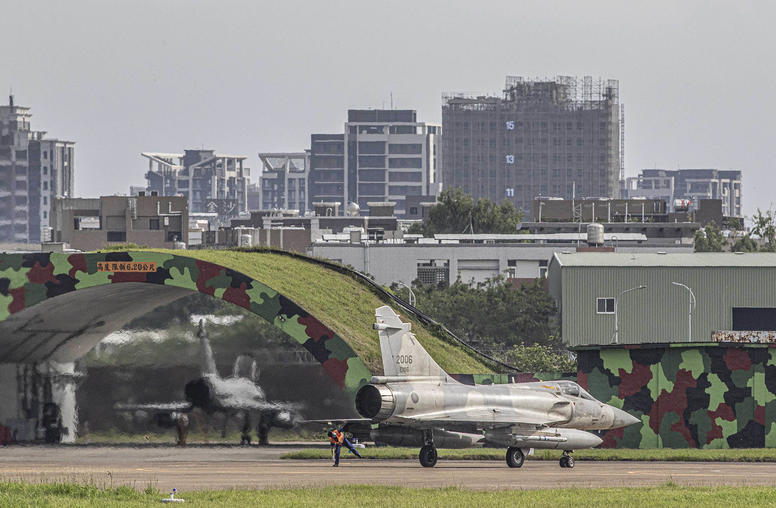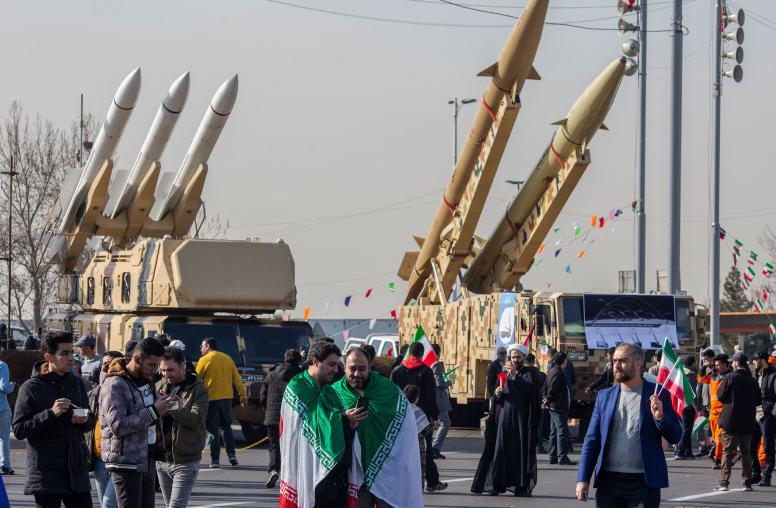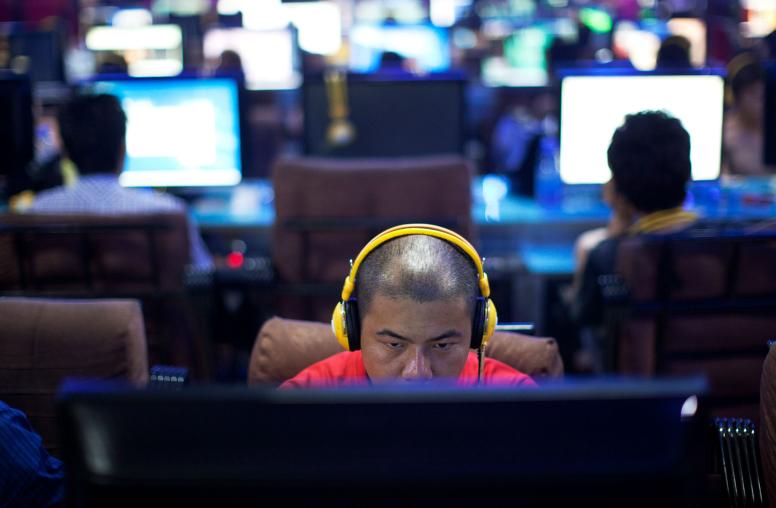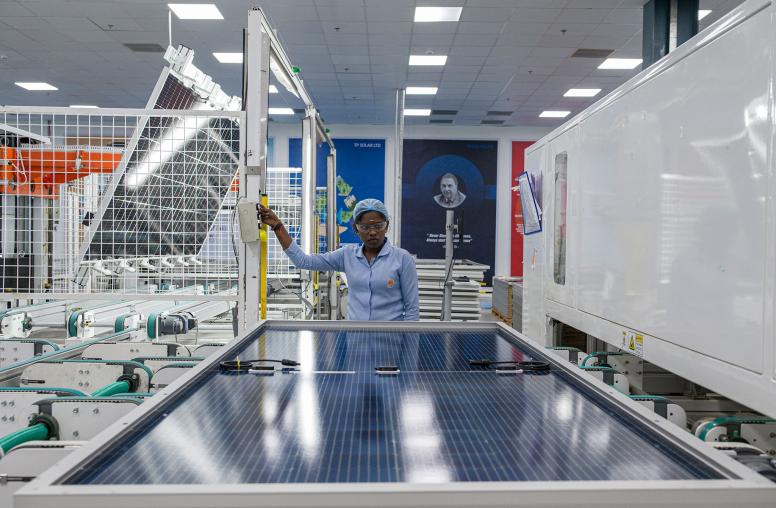What to Expect From the U.S.-ASEAN Summit
Amid the Ukraine war, Washington is demonstrating its commitment to ASEAN, which seeks to expand economic ties and cooperate on transnational challenges.
The White House will host this week the Association of Southeast Asian Nations for a U.S.-ASEAN Special Summit. With the Russia-Ukraine war dominating international attention, the Biden administration has said the summit demonstrates its “enduring commitment” to ASEAN and that the Indo-Pacific region is a U.S. national security priority. China’s influence and power projection in Southeast Asia will figure prominently into the summit, but the two-day meeting also offers the opportunity to deepen economic relations with ASEAN, a bloc of 10 countries that combined make up the seventh largest economy in the world. A host of other critical issues — from COVID to climate change to the crisis in Myanmar — will also be on the table.

USIP’s Brian Harding explains how ASEAN factors into the Biden administration’s “Indo-Pacific Strategy,” what ASEAN countries want from Washington, and how the war in Ukraine and deteriorating situation in Myanmar will be addressed at the summit.
Where does ASEAN sit in the administration’s approach to the Indo-Pacific?
The White House’s Indo-Pacific Strategy, released in February, states that the United States seeks to “advance a free and open Indo-Pacific that is more connected, prosperous, secure, and resilient.” The strategy calls an “empowered ASEAN” an important ingredient for success alongside modernized alliances like the Quad (i.e., the United States, Australia, India and Japan), renewed U.S. commitment and resources, and other means. While competition with China is at the heart of the United States’ regional strategy, support for a cohesive and resilient ASEAN is one of the critical means for advancing a free and open Indo-Pacific.
An empowered ASEAN will not be easy to achieve, however. ASEAN is an extremely diverse group of 10 countries that operates by consensus, meaning it is rarely nimble nor bold, even on its best day. With one of its members, Myanmar, in crisis, an empowered ASEAN seems more unlikely than ever.
Yet, despite their differences, including as it relates to Myanmar, one area of clear agreement among its members is that only ASEAN can be the central building block for Indo-Pacific regionalism. The United States and its allies — and China to some extent — have bought into this vision, recognizing that it is untenable for the great powers to guide the regional architecture of the Indo-Pacific. Therefore, it is strongly in the U.S. interest to invest in its relationship with ASEAN and to do what it can to support ASEAN’s centrality in regional affairs.
However, the United States has also been clear that bilateral — and increasingly trilateral and quadrilateral — cooperation with key allies and partners is fundamental to U.S. engagement and strength in the region. The Biden administration’s emphasis on the Quad, in particular, has brought into question the premise of whether ASEAN remains in the driver’s seat of regionalism, a role it had seemed to have consolidated only a few years ago, and what the United States means by its rhetorical support for ASEAN centrality. The Indo-Pacific Strategy recognizes this sensitivity, noting that the United States “will explore opportunities for the Quad to work with ASEAN.”
During the Biden administrations’ first year, engagement with Southeast Asian countries and ASEAN as a whole proved to be unusually difficult due to COVID-19-related travel restrictions and the rupture within ASEAN caused by Myanmar’s February 2021 coup. This Special Summit seeks to help make up for lost time and clearly demonstrates the United States’ interest in and commitment to deepening ties with ASEAN and its constituent members.
What are ASEAN countries looking for from Washington? How can Washington work with the bloc to empower and strengthen ASEAN resilience?
ASEAN countries are highly alert to the fact that relations between the United States and China have important implications for themselves. Despite their diversity, ASEAN countries all want an engaged and present United States in Southeast Asia to balance China’s potentially overwhelming influence. They also seek to have Japan, India, Australia and other external powers as engaged as possible to create a balance of power in the region, or, as former Indonesian Foreign Minister Marty Natalegawa has called it more positively, a dynamic equilibrium. What they do not want is to be forced to choose between the United States and China.
Southeast Asian countries also seek Washington’s buy-in for ASEAN-based multilateral institutions, such as the East Asia Summit and ASEAN Regional Forum, which the bloc seeks to position at the center of the Indo-Pacific’s regional architecture.
Beyond being present, the region wants the United States to be a stronger economic partner and many members are eagerly anticipating the details of the administration’s proposed Indo-Pacific Economic Framework. ASEAN is also looking to partner on transnational challenges ranging from climate change to pandemic preparedness to transnational crime. U.S. support for ASEAN-based multilateralism empowers the bloc and strengthens its resilience, especially in the face of Chinese efforts to divide it, which it has repeatedly done to blunt ASEAN’s ability to push back against Chinese encroachment in the South China Sea.
How will the Ukraine war factor into the summit?
That President Biden is hosting the ASEAN leaders is a demonstration of its commitment to maintaining focus on the Indo-Pacific region despite the crisis in Ukraine. Nevertheless, Ukraine will be impossible to escape. First, U.S. officials will make the case that Russia’s invasion demonstrates the fragility of the international system and, second, they will highlight China’s tacit support for the invasion to make a contrast with the United States’ principled stance.
Southeast Asian countries in general would rather keep their heads down and avoid the issue rather than getting in the middle of a dispute between major powers. Singapore, however, has been an outlier with its vocal criticism and the sanctions it has enacted in coordination with the United States and Europe. While Ukraine will not be a major focus of the summit, the issue will likely come up in the context of Russia’s participation in the G-20 summit, East Asia Summit and the Asia-Pacific Economic Cooperation Leaders meeting to be hosted later this year in Indonesia, Cambodia and Thailand, respectively.
Do you expect the Biden administration to press the bloc to do more to address the deteriorating situation in Myanmar?
While much of the summit agenda will focus on apolitical areas ripe for closer U.S.-ASEAN cooperation, such as clean energy, health security and the digital economy, the deteriorating situation in Myanmar will also be addressed. Biden will find many of his counterparts to be as frustrated with the situation as himself, but he will also find deep divisions in the lengths his ASEAN counterparts are willing to go to isolate or pressure the junta, largely due to longstanding norms within ASEAN to avoid interfering in the affairs of other members.
However, Biden will find common cause with leaders from Indonesia, Malaysia and Singapore, who are increasingly frustrated by the junta’s intransigence and are open to isolating Myanmar’s leaders and engaging the National Unity Government. With Cambodia, Vietnam, Laos and Thailand, he will encounter reluctance. With the likelihood of a diplomatic breakthrough dim, Biden will likely look for incremental progress on enhancing engagement with the National Unity Government and establishing a framework for delivering humanitarian assistance to Myanmar.



